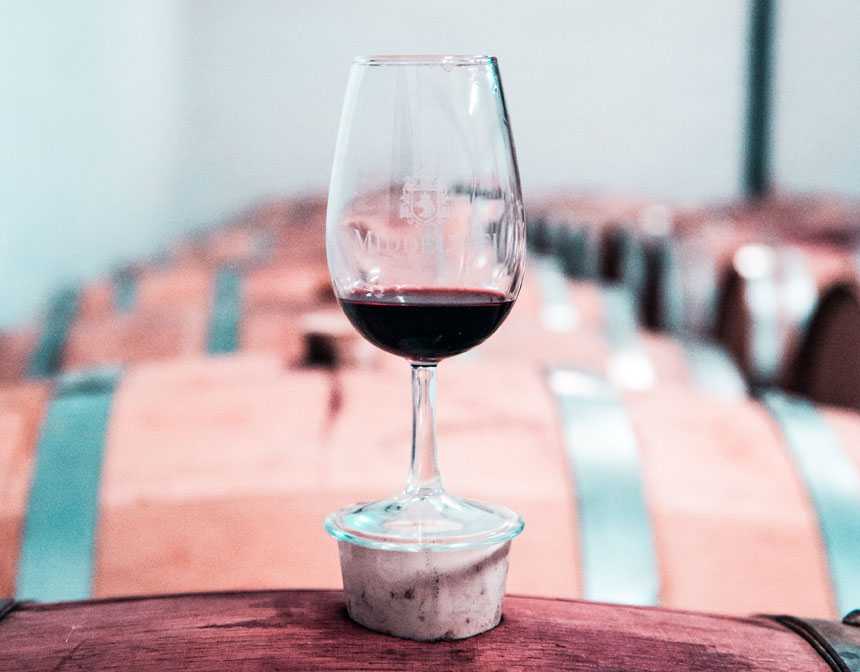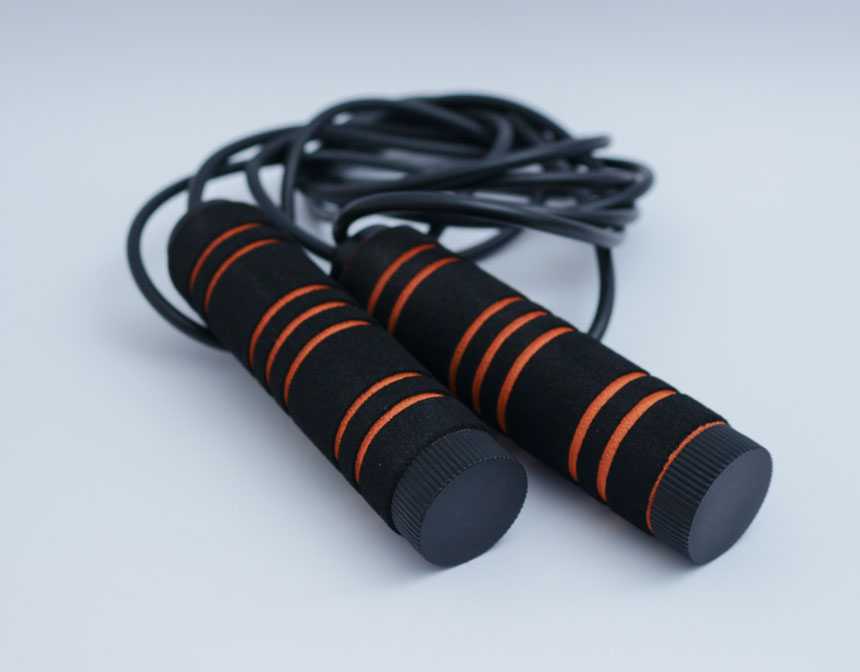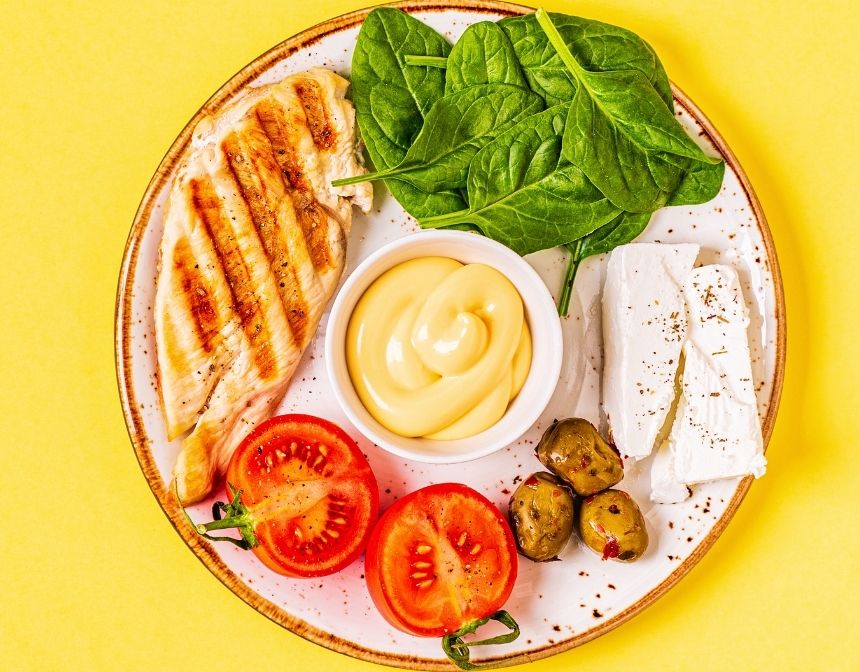The Origins of Leek Quiche
The leek quiche recipe, originally hailing from France, is a delectable twist on the traditional quiche Lorraine. Instead of the usual ham or bacon, this recipe spotlights leeks, bringing out a mellow and slightly sweet flavor. Quiche, in general, has been a beloved dish in French cuisine for centuries. With its rich custard filling and buttery crust, it's easy to understand its enduring appeal.
Variations Worth Trying
If you've been exploring quiche recipes with leeks, you might have come across diverse variations such as the leek and mushroom quiche or the bacon leek quiche. The combination of mushrooms brings an earthy flavor that complements the delicate taste of leeks, while bacon adds a touch of smokiness and crunch. These variations showcase the adaptability of the quiche leek, proving it to be a perfect canvas for culinary creativity.
Leek Quiche Across Cultures
While the recipe for leek quiche is deeply rooted in French tradition, its charm has crossed borders. Many cultures have embraced quiche with leeks, adapting the recipe to suit local tastes and ingredients. From the heart of France to the bustling streets of New York, this dish has become synonymous with comfort, elegance, and the warmth of shared meals. Whether you're preparing a simple leek quiche or experimenting with add-ins, you're partaking in a global culinary love affair with this iconic dish.
Should Vegetables Be Cooked Before Putting In Quiche?
Yes, it's generally recommended to cook most vegetables before adding them to a quiche for several reasons:
Moisture Content: Vegetables, especially those with high water content like zucchini, bell peppers, and tomatoes, can release moisture as they cook. This can result in a soggy crust or a watery custard filling. Pre-cooking these vegetables can help reduce their moisture content.
Texture: Cooking the vegetables beforehand ensures they are tender when the quiche is done. This is particularly important for denser vegetables like broccoli, carrots, or potatoes which might not fully cook through during the quiche's baking time.
Flavor: Sautéing or roasting vegetables can enhance their flavor, adding depth to the overall taste of the quiche. This is especially true for onions, garlic, and leeks, which can develop a sweeter, more mellow flavor when cooked.
Safety: Some vegetables, like spinach, can sometimes carry bacteria like E. coli. Cooking them can help kill off these bacteria, making the dish safer to eat.
Volume: Vegetables like spinach or kale can greatly reduce in volume when cooked. If you're aiming for a particular amount of vegetable in your quiche, it's easier to gauge when they're pre-cooked.
However, some veggies, particularly those with a low water content or those that are very thinly sliced, may not need pre-cooking. Always consider the specific vegetables you're using and the desired texture and consistency of your quiche.
What Is The Difference Between A Quiche And A Crustless Quiche?
The primary difference between a quiche and a crustless quiche is the presence or absence of a crust:
Quiche: A traditional quiche is a savory pie made with a mixture of eggs, cream, cheese, and often various fillings such as meats, vegetables, or seafood. This mixture is poured into a pastry crust (usually a shortcrust pastry) and baked until the filling is set and the crust is golden.
Crustless Quiche: A crustless quiche omits the pastry crust altogether. It essentially consists of the egg and cream mixture with the chosen fillings, baked in a pie dish or similar baking dish. The result is similar to a frittata.
Here are some other points to consider when comparing the two:
- Calories & Nutrition: A crustless quiche typically has fewer calories and carbohydrates than a traditional quiche because it lacks the pastry crust, which is usually made with butter and flour.
- Texture: A traditional quiche offers a contrast in texture between the creamy custard filling and the flaky or crumbly crust. A crustless quiche will only have the texture of the custard and fillings.
- Ease of Preparation: Making a crustless quiche can be quicker and easier since you skip the step of preparing and pre-baking a crust.
- Dietary Restrictions: A crustless quiche can be a good option for those on gluten-free or low-carb diets, depending on the other ingredients used.
- Serving & Presentation: A traditional quiche with a crust can often be sliced and served more neatly, holding its shape better. A crustless quiche might be softer and could require more careful handling when serving.
Both versions are delicious and can be adapted to a wide variety of flavors and fillings. The choice between them often comes down to personal preference and dietary needs.
Can I Use Milk Instead Of Cream In My Quiche?
Yes, you can use milk instead of cream in your quiche, but there are some differences in texture and richness to consider:
Texture: Cream typically gives quiche a richer, creamier texture. Using milk will result in a lighter and slightly less creamy custard. If you're aiming for a middle ground, you can also consider using half-and-half.
Richness: Cream has a higher fat content than milk, which contributes to the rich flavor and texture of a quiche. Replacing cream with milk will make the quiche less rich, but it will still be flavorful.
Consistency: Because milk is thinner than cream, using milk may result in a slightly different consistency. To combat this, you might need to use a bit less milk than the amount of cream called for in the recipe or consider adding an extra egg to help with setting.
Calorie and Fat Content: Using milk will generally lower the calorie and fat content of your quiche compared to using cream.
Cooking Time: There might be a slight variation in cooking time due to the difference in consistency between milk and cream. Keep an eye on your quiche as it bakes and do the knife or toothpick test to ensure the center is set.
When substituting milk for cream, it's best to use whole milk for a closer match in fat content. However, if you only have skim or 2% milk on hand, they can still be used, just be aware that the result will be even lighter in texture and flavor than with whole milk.
What To Serve with Leek Quiche?
Leek quiche is a versatile dish that pairs well with a variety of sides and accompaniments.
Here are some delicious recipes that you can serve with Leek Quiche:
- Soup: A light soup, such as a tomato basil or a simple vegetable soup, can be a delightful pairing.
- Roasted Vegetables: Seasonal roasted vegetables like asparagus, cherry tomatoes, or bell peppers are a flavorful choice.
- Sliced Baguette: A crusty baguette or artisan bread is perfect for scooping up those last bits of quiche filling.
- Quinoa Salad: A quinoa salad with fresh herbs and vegetables can be a healthy and satisfying side.
- Pickles or Chutney: A dollop of chutney or a few pickles on the side can provide a tangy, sweet contrast.
What Causes A Soggy Bottom With Quiche?
A "soggy bottom" is a common challenge when making quiche, and it refers to a crust that hasn't crisped up properly and remains soft or even wet after baking. Several factors can contribute to this issue:
- Inadequate Pre-Baking: One of the most common reasons for a soggy bottom is not pre-baking (or "blind baking") the crust sufficiently. Blind baking is the process of baking the pie crust before adding the filling. This helps to set the crust and protect it from the wet quiche filling.
- Wet Filling: If your quiche filling is too watery or hasn't been drained properly, it can make the bottom of the crust soggy. Make sure to drain vegetables or other ingredients that release water during cooking. For instance, if you're using ingredients like mushrooms, spinach, or tomatoes, sauté them first to remove excess moisture.
- Too Much Dairy: Using too much milk or cream can result in a runny filling which can, in turn, cause a soggy crust. Ensure you're following the recipe proportions correctly.
- Pie Dish Material: The type of pie dish you use can affect the cooking. Metal pans tend to conduct heat better than glass or ceramic dishes, leading to a crisper crust. If using a glass or ceramic dish, you might need to bake the quiche a little longer.
- Oven Temperature: If the oven temperature is too low, it may not cook the crust properly. Ensure your oven is properly preheated and consider using an oven thermometer to confirm its accuracy.
- Placement in Oven: The bottom rack or the lower third of the oven is usually the best spot for baking pies and quiches because it exposes the bottom crust to more direct heat, helping it to crisp up.
- Thick Crust: A very thick crust can also stay soggy in the middle. When rolling out your dough, aim for an even thickness that's not too bulky.
- Not Cooling Properly: Once baked, it's essential to allow your quiche to cool on a wire rack. Setting it on a solid surface traps steam underneath, which can lead to a soggy bottom.
By addressing these potential causes, you can ensure a crisper crust for your quiche and avoid the dreaded soggy bottom.













































